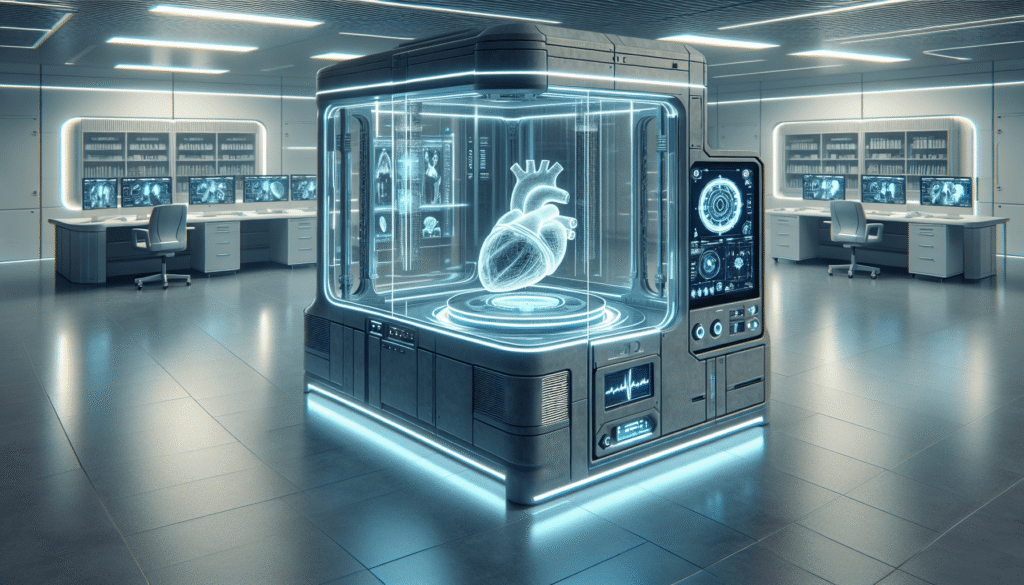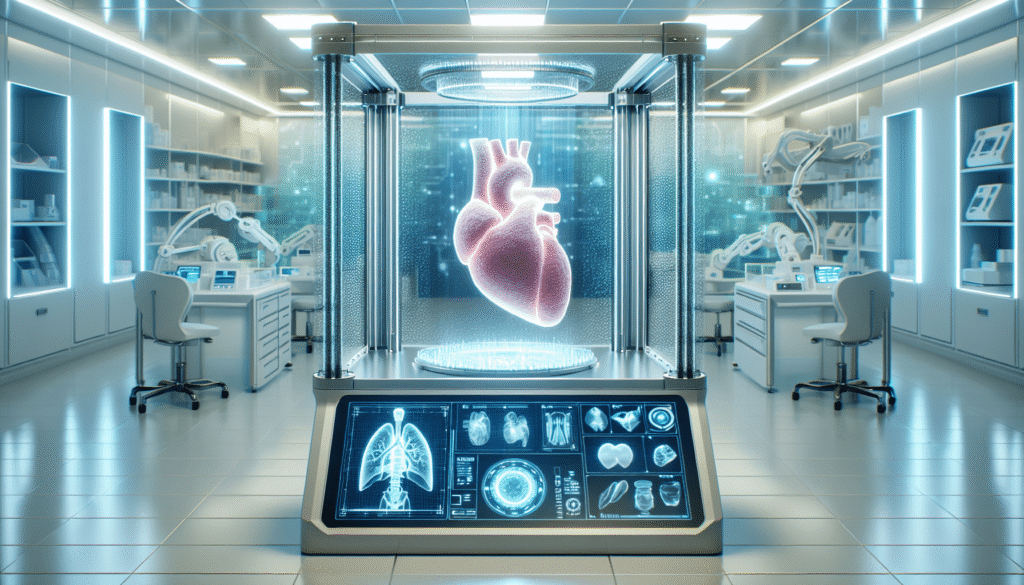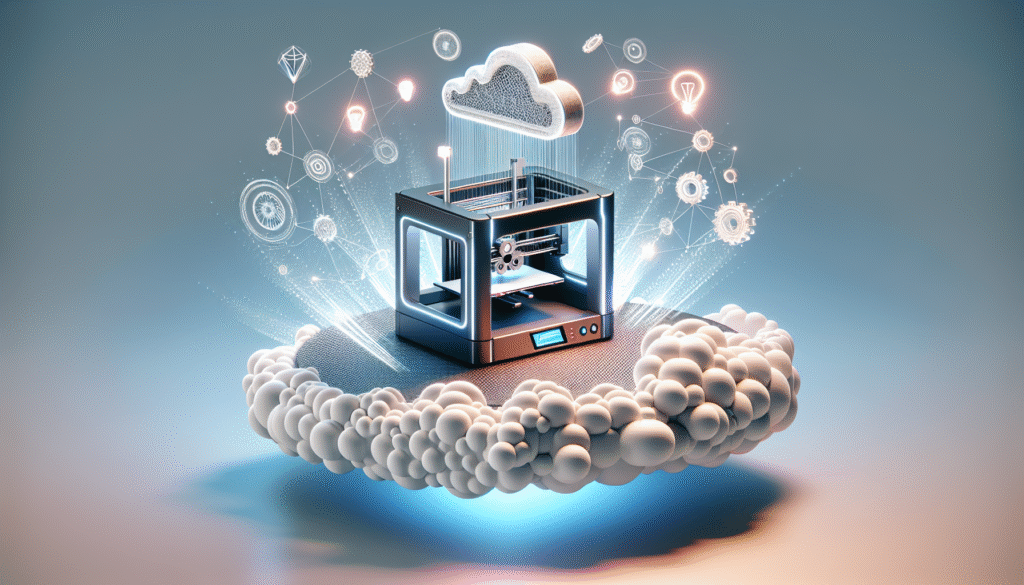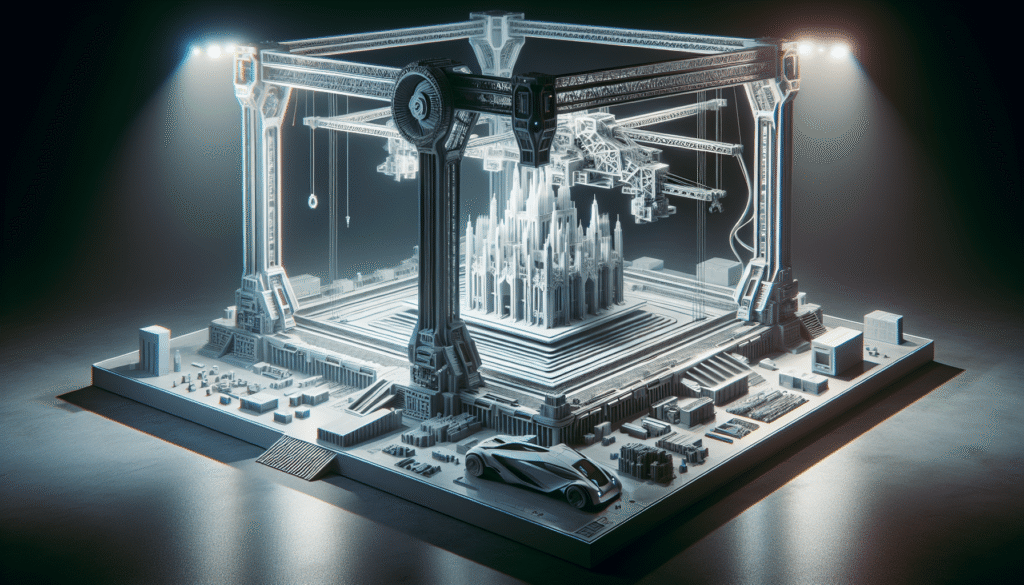Have you ever wondered how the ever-evolving world of technology might redefine the landscape of healthcare? The year 2025 promises to be a milestone era, especially with medical 3D printing breaking new ground and redefining what we know about healthcare innovations. Imagine a world where organs and tissues are printed on demand, tailored prosthetics are at our fingertips, and medicines can be customized to the exact needs of a patient. This isn’t some starry-eyed vision of the future, but a rapidly approaching reality thanks to the breakthroughs in medical 3D printing.

The Essence of Medical 3D Printing
3D printing, or additive manufacturing, creates three-dimensional objects from a digital file layer by layer. In medicine, it allows for unprecedented customization and precision, enabling a level of personalization that was previously unthinkable. But how exactly is this modern marvel transforming healthcare?
A Glimpse into the Technology
The process begins with the creation of a digital blueprint. In the medical field, this could be a model of a patient’s organ or a structure that needs replacement or repair. The printer then builds this model by adding material layer upon layer. These materials can range from plastics and metals to living cells and biocompatible substances. The power of this technique lies in its precision and versatility, allowing for detailed customization down to the cellular level.
Revolutionizing Prosthetics and Orthotics
One area where medical 3D printing has caused a profound impact is prosthetics and orthotics. Customization, which is the cornerstone of effective prosthetics, is greatly enhanced through this technology. Patients no longer have to settle for one-size-fits-all solutions. Instead, they can receive prosthetics that match their anatomical needs perfectly. This has been transformative for both functionality and comfort, enhancing the quality of life for many individuals.
Printing Human Tissue and Organs
The most groundbreaking potential of medical 3D printing lies in its ability to print human tissues and organs. This prospect offers profound implications for organ transplantation and the treatment of numerous medical conditions.
Bioprinting: Creating Living Structures
Bioprinting involves the layer-by-layer deposition of bioinks to create tissues that mimic natural tissues, which can perform bodily functions when transplanted. While it’s still in its relative infancy, advancements are rapidly being made. By 2025, we anticipate significant milestones will have been achieved in creating functional, transplantable organs like kidneys or livers.
Addressing Organ Shortages
Organ shortages have been a long-standing issue, with countless patients languishing on waiting lists. 3D printing can significantly alleviate this problem by providing on-demand production of organs tailored to the recipient, thus reducing rejection rates and eliminating wait times.
Skin Grafts and Tissue Engineering
Beyond internal organs, the potential for external applications is vast. Burn victims, for instance, could benefit immensely from printed skin grafts engineered to match their natural skin texture and tone. Tissue engineering can also be a powerful ally in regenerative medicine, enabling the healing and regeneration of injured tissues and improving recovery times.

Pharmaceuticals and Drug Delivery
3D printing is not only revolutionizing physical structures but also altering the world of pharmaceuticals. The possibility of printing drugs to cater precisely to individual patient needs promises to enhance therapeutic outcomes.
Personalized Medicine
Personalized medicine, based on genetic profiles, is at the frontier of medical treatments. 3D printing can produce tablets with the exact dose and formulation needed for each patient. This level of customization not only improves efficacy but also reduces side effects by ensuring that patients receive only the medications they need.
Innovative Drug Delivery Systems
Another exciting advancement is the development of innovative drug delivery systems. Imagine a tablet that releases medication at specified intervals or a capsule tailored to bypass the stomach to release drugs directly in the intestines. Such advancements allow for better therapeutic control and improved patient compliance.
Surgical Applications and Training
The benefits of 3D printing extend into the surgical theater and medical education, offering new tools that enhance precision and training.
Surgical Planning and Custom Implants
Surgeons can now print 3D models of patients’ anatomy, enabling them to practice and plan operations with precision. Custom implants, designed specifically for a patient’s body, can also be printed to address complex conditions. This evolution not only enhances the success rates of surgeries but also shortens recovery times and minimizes surgical risks.
Educating the Next Generation
In medical education, 3D printing provides anatomically accurate models that can be used for training purposes. These models offer a tactile experience, allowing medical students to practice on replicas that mimic the complexities of real human tissue and organs.
Innovations on the Horizon
The rapid advancement of 3D printing technology opens doors to numerous other possibilities in healthcare. Let’s examine a few of these future innovations.
Nanotechnology and Microprinting
By concentrating on nano and micro scales, researchers are pushing the boundaries of what is possible in medicine. Microprinting cells and nanoparticles can lead to phenomenal breakthroughs, creating devices and treatments that operate at a cellular or molecular level.
Ethical and Regulatory Considerations
With great power comes great responsibility, and the advent of medical 3D printing is no exception. As we advance, ethical and regulatory considerations become paramount. Standards must ensure safety, efficacy, and equitable access to these technologies. It’s crucial to navigate these challenges thoughtfully as we integrate 3D printing into mainstream healthcare.
Sustainability in 3D Printing
Finally, as with all technological advances, the environmental impact must be considered. Fortunately, 3D printing can contribute positively to sustainability by reducing waste and optimizing the use of resources. Biodegradable materials and energy-efficient processes are continually under development to ensure this technology grows in an eco-friendly manner.
Table: Potential Benefits and Challenges of Medical 3D Printing
| Benefits | Challenges |
|---|---|
| Customization of prosthetics and implants | High initial costs |
| Reduction in organ transplant wait times | Regulatory hurdles |
| Precision medicine with personalized drugs | Technical complexity and expertise required |
| Improved surgical planning and outcomes | Ethical considerations |
| Environmentally sustainable practices | Equitable access across different regions |
Conclusion
As we stand on the brink of a new era in medical technology, the breakthroughs in 3D printing hold enormous potential to transform healthcare. The year 2025 might see some of these dreams realized, with organs ready on demand, drugs custom-printed for individual patients, and surgeries planned with unparalleled precision. This brave new world requires us to tread carefully, balancing innovation with ethical responsibility but undoubtedly offers a future where lives can be transformed in ways we are just beginning to comprehend.
The possibilities are both thrilling and somewhat daunting, but one cannot help but feel hopeful about the leaps this technology will achieve just a few short years from now. Aren’t you excited to see what the future holds?


